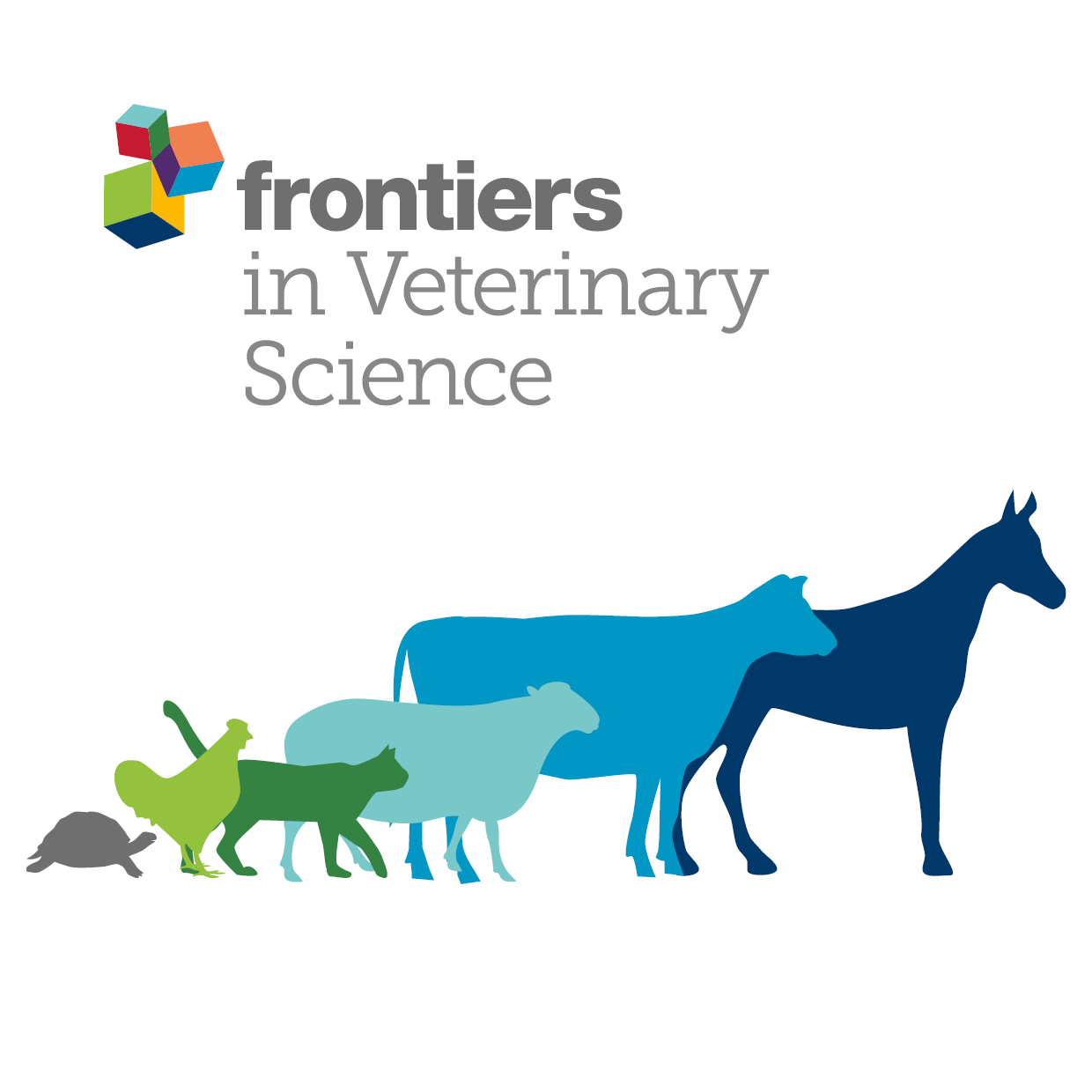Ver ítem
- xmlui.general.dspace_homeCentros e Institutos de InvestigaciónCICVyA. Centro de Investigación en Ciencias Veterinarias y AgronómicasInstituto de PatobiologíaArtículos científicosxmlui.ArtifactBrowser.ItemViewer.trail
- Inicio
- Centros e Institutos de Investigación
- CICVyA. Centro de Investigación en Ciencias Veterinarias y Agronómicas
- Instituto de Patobiología
- Artículos científicos
- Ver ítem
Next-generation technologies and systems biology for the design of novel vaccines against apicomplexan parasites
Resumen
Parasites of the phylum Apicomplexa are the causative agents of important diseases such as malaria, toxoplasmosis or cryptosporidiosis in humans, and babesiosis and coccidiosis in animals. Whereas the first human recombinant vaccine against malaria has been approved and recently recommended for wide administration by the WHO, most other zoonotic parasitic diseases lack of appropriate immunoprophylaxis. Sequencing technologies, bioinformatics, and
[ver mas...]
Parasites of the phylum Apicomplexa are the causative agents of important diseases such as malaria, toxoplasmosis or cryptosporidiosis in humans, and babesiosis and coccidiosis in animals. Whereas the first human recombinant vaccine against malaria has been approved and recently recommended for wide administration by the WHO, most other zoonotic parasitic diseases lack of appropriate immunoprophylaxis. Sequencing technologies, bioinformatics, and statistics, have opened the “omics” era into apicomplexan parasites, which has led to the development of systems biology, a recent field that can significantly contribute to more rational design for new vaccines. The discovery of novel antigens by classical approaches is slow and limited to very few antigens identified and analyzed by each study. High throughput approaches based on the expansion of the “omics”, mainly genomics and transcriptomics have facilitated the functional annotation of the genome for many of these parasites, improving significantly the understanding of the parasite biology, interactions with the host, as well as virulence and host immune response. Developments in genetic manipulation in apicomplexan parasites have also contributed to the discovery of new potential vaccine targets. The present minireview does a comprehensive summary of advances in “omics”, CRISPR/Cas9 technologies, and in systems biology approaches applied to apicomplexan parasites of economic and zoonotic importance, highlighting their potential of the holistic view in vaccine development.
[Cerrar]

Autor
Tomazic, Mariela Luján;
Marugán-Hernandez, Virginia;
Rodriguez, Anabel Elisa;
Fuente
Frontiers in Veterinary Science 8 : 800361 (Enero 2022)
Fecha
2022-01
Editorial
Frontiers Media
ISSN
2297-1769
Documentos Relacionados
Formato
pdf
Tipo de documento
artículo
Proyectos
(ver más)
INTA/2019-PD-E5-I103-001/2019-PD-E5-I103-001/AR./Desarrollo de tecnologías diagnósticas y estudios epidemiológicos para el control de enfermedades que afectan la producción animal y la salud pública
INTA/2019-PD-E5-I105-001/2019-PD-E5-I105-001/AR./Patógenos animales: su interacción con el hospedador y el medio ambiente. Impacto en productividad, ecosistemas, sanidad animal y salud pública en el marco “Una Salud”
INTA/2019-PD-E5-I102-001/2019-PD-E5-I102-001/AR./Desarrollo de vacunas y tecnologías para mejorar las estrategias profilácticas y terapéuticas de las enfermedades que afectan la producción animal y la salud pública
Palabras Claves
Derechos de acceso
Abierto
 Excepto donde se diga explicitamente, este item se publica bajo la siguiente descripción: Creative Commons Attribution-NonCommercial-ShareAlike 2.5 Unported (CC BY-NC-SA 2.5)
Excepto donde se diga explicitamente, este item se publica bajo la siguiente descripción: Creative Commons Attribution-NonCommercial-ShareAlike 2.5 Unported (CC BY-NC-SA 2.5)


